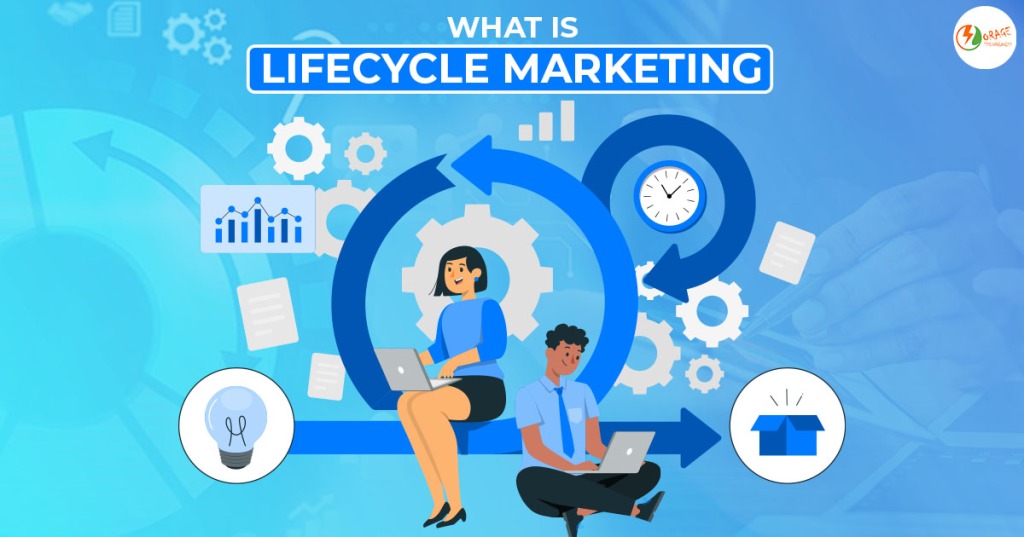
In the dynamic landscape of marketing, strategies that resonate with customers at different stages of their journey are pivotal for building lasting relationships. Customer Lifecycle Marketing emerges as a high-level approach, recognizing the diverse needs of customers as they progress through distinct stages with a brand. This personalized strategy aims not only to engage customers effectively but also to maximize monetization and ensure long-term retention. Let’s delve into the intricacies of customer lifecycle marketing to understand its importance, stages, strategies, and the benefits it brings to businesses.
Customer lifecycle marketing is not a one-size-fits-all approach. It’s about tailoring messages and strategies based on the understanding that different marketing tactics work best at various stages of the customer journey. The ultimate goal is to provide the highest value to customers at each stage, fostering engagement, and building a foundation for loyalty and retention. Recognizing the uniqueness of each customer’s journey allows businesses to create personalized experiences that resonate with individual needs.
Customer Lifecycle Stages:
1. Prospects:
– Those who have shown interest but haven’t made a purchase.
– Strategies involve convincing them to register or make a purchase through targeted offers and retargeting.
2. Active Customers:
– Customers who have made a purchase.
– Focus shifts to providing value through relevant communications to maintain engagement.
3. Inactive Customers:
– Customers who have purchased but not recently.
– Strategies involve re-engagement efforts to bring them back into the active customer fold.
4. Lapsed Customers:
– Customers who haven’t made a purchase for a long time.
– Reactivation campaigns with personalized offers to win them back into the customer lifecycle.
Mapping out these stages is crucial for businesses, and classifications may require in-depth customer data analysis.
Strategies for Each Lifecycle Stage:
1. Prospects:
– Offer first-purchase discounts, free bonuses via pop-up messages, and retargeting ads.
– Leverage available data to make offers as relevant as possible.
2. Registered Users:
– Implement a “welcome series” or nurturing through email marketing and retargeting.
– Focus on benefits and incentives to encourage a first purchase.
3. First-time Customers:
– Provide relevant incentives to entice a second purchase.
– Increase the chances of converting them into loyal, long-term customers.
4. Frequent Customers:
– Treat them with highly relevant and personalized communications.
– Implement customized rewards and loyalty programs for added engagement.
5. Risk-of-Churn Customers:
– Identify customers on the verge of churning.
– Use personalized re-engagement communications to retain them for the long term.
6. Churned Customers:
– Send aggressive offers and incentives based on prior purchases to re-engage.
– Execute “reactivation” or “win-back” campaigns to bring them back into the fold.
7. Reactivated Customers:
– Similar to first-time customers, provide special treatment, exclusive bonuses, and personalized offers.
– Aim to turn them back into active, loyal shoppers.
Benefits of Customer Lifecycle Marketing:
1. Increased Engagement, Monetization, Retention, and Loyalty:
– Personalized marketing provides a positive customer experience, fostering loyalty.
– Relevant, timely, and emotionally intelligent communications lead to greater brand loyalty.
2. Higher Customer Lifetime Value:
– Recognizing and addressing individual customer needs at each stage contributes to increased customer lifetime value.
3. Increased Marketing ROI:
– Relevant and timely messaging results in greater uplift from marketing campaigns.
4. Strategic Shift Towards 1:1 Personalized Communications:
– Lifecycle marketing serves as a starting point for personalized customer communications.
– Forces businesses to think about customers as individuals rather than a homogenous group.
Conclusion:
In the ever-evolving realm of marketing, mastering customer lifecycle marketing is a key to success. Businesses that understand and adapt their strategies to the unique needs of customers at different stages of their journey are better positioned for long-term success. By providing value, understanding customer emotions, and fostering engagement, companies can build not just customers but brand advocates.
As the digital landscape continues to transform, customer lifecycle marketing stands as a beacon, guiding businesses toward personalized, meaningful interactions that transcend the transactional and create lasting connections. Embrace the power of customer lifecycle marketing, and watch as your brand becomes a beacon of customer-centricity in the competitive marketplace.
Read Our Blog – Lifecycle Marketing Stages & Benefits Of It

Leave a comment